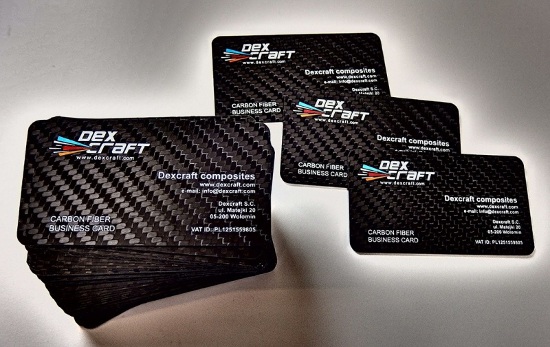Carbon fiber offers outstanding properties, stiffness 5 times more than steel and unique appearance. It has been widely used for different purposes not long ago comparing to steel or aluminum. It was not until 80s when carbon fiber was used for manufacture of carbon fiber composites, namely a material used for manufacture of car body of Formula 1 racing cars. The first F1 car body made from carbon fiber instead of steel and aluminum was McLaren MP4/1.
During those years carbon fiber was unavailable for other companies, in particular individual users. It was not until a few years later when manufacture launched of carbon fiber parts, and the first ones available widely in 90s included high-performance carbon fiber bikes or fishing rods. Then these products were quite costly and were purposed for high-performance athletes.


At present products including carbon fiber parts are widely available e.g. a bicycles, skis, desktop casings or drones. In the last decades, the composites industry has witnessed a sustained growth. Consequently carbon fiber sheets and resins are widely known and there are many suppliers who offer carbon fiber parts.
Technology related to carbon fiber manufacturing has developed a lot since its beginning when carbon fiber was made using a roller and resin, whereas at present autoclave composites are most common. This method includes use of pre-preg namely pre-impregnated sheets. Carbon fiber pre-pregs undergo impregnation with the resin at high temperature (mostly 120 C) to ensure hardening. Then the material is stored in freezers at temperature -18oC to ensure its fitness for use during a long period of time. A few hours before the manufacture, pre-preg pieces (cut to size) are removed from freezer and placed inside the mould.
Pre-preg composites offer higher strength than composites made manually using a roller and brush thanks to curing by autoclave-processing at pressure up to 8bar. Forming of autoclave composites relates to placement of pre-pregs (following cutting to sizes) and sealing with film and butyl tape. Next pressing follows against the mould using vacuum that removes the air from the product. Later the mould including the sealed product is placed inside the autoclave that generates pressure up to 8bar to press carbon composite against the mould to remove any air and ensure structure consolidation.
Why preg-preg manufacturing is costly?
Actually costs result from many factors. Firstly the material namely carbon fiber is quite expensive, as m2 costs PLN 100-200 and any product included a few layers. Secondly equipment used for manufacturing is quite expensive, e.g. autoclave sized 4×1.5m costs ca. PLN 500-600 thou. Thirdly carbon fiber products manufacturing follows in short series contrary to products made from aluminum, what makes for a higher unit price. And finally the whole production process if time-consuming, e.g. manufacture of BMW M5 carbon fiber diffuser takes 8 hours comparing to 3 minutes in case of plastic injection molding technology.
Is carbon fiber useful for DIY works?
As carbon fiber is widely available today you can buy or use carbon fiber product during DIY works. Moreover at present carbon fiber products are widely used every day e.g. table mats, furniture veneer, door nameplates, business cards or desk and table tops. Additionally carbon fiber panels can be easily cut to size with an angle grinder or CNC milling machine.









